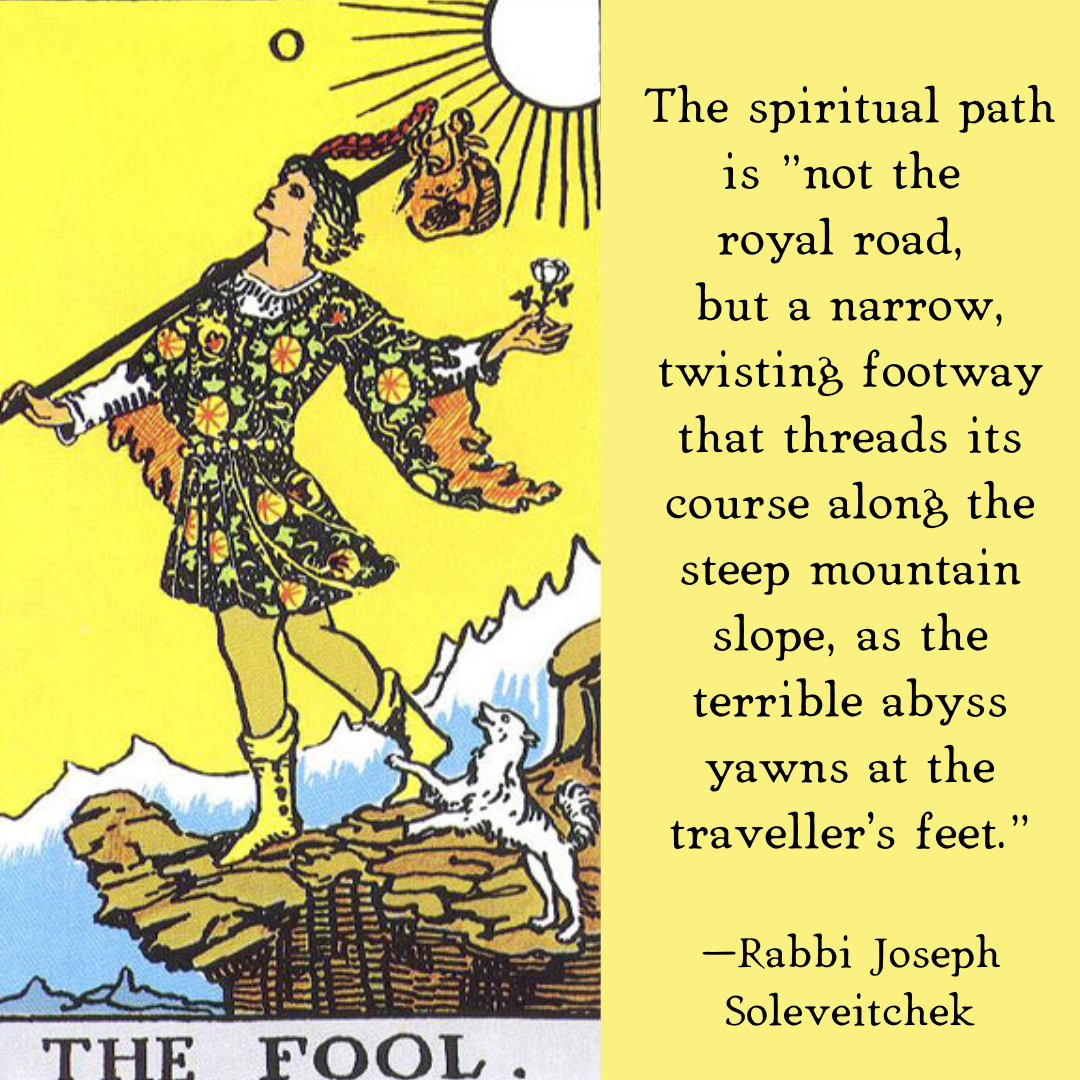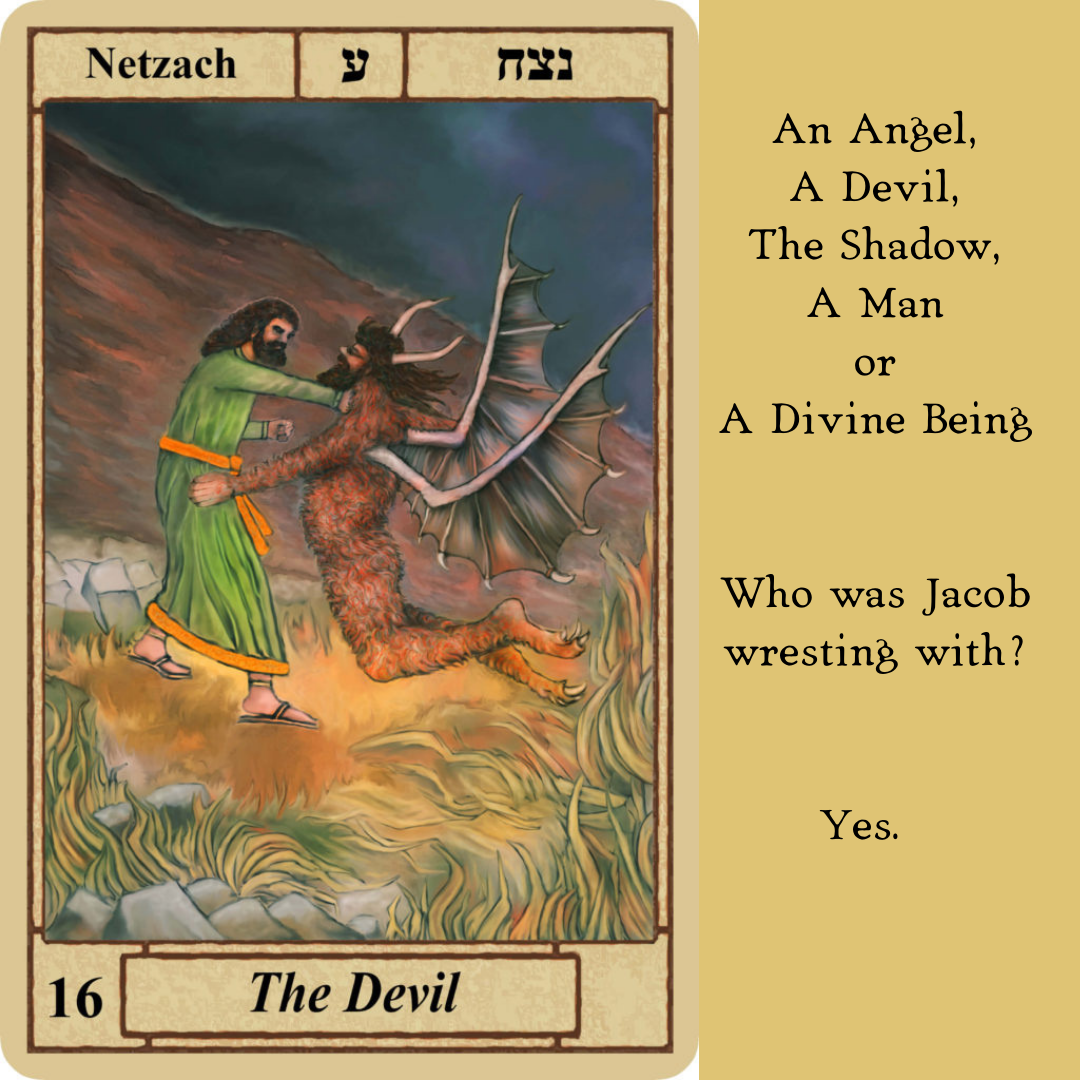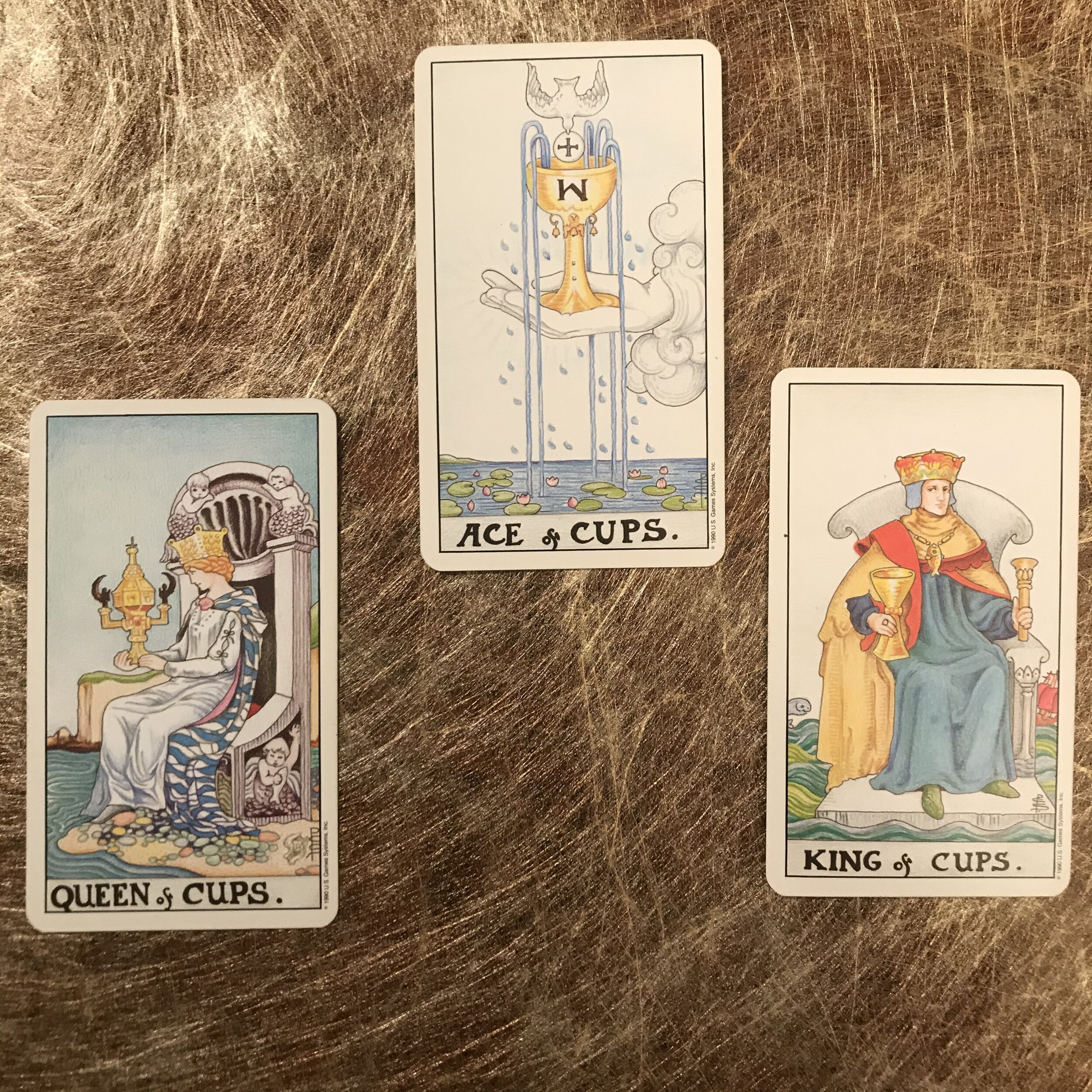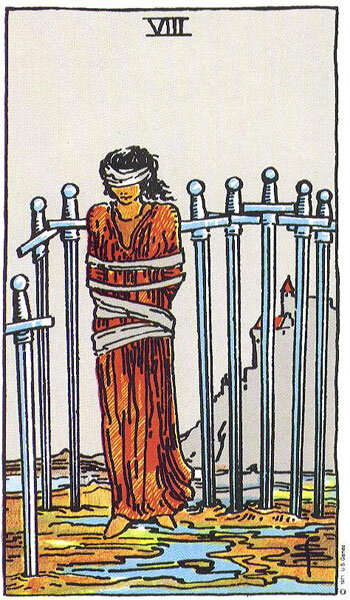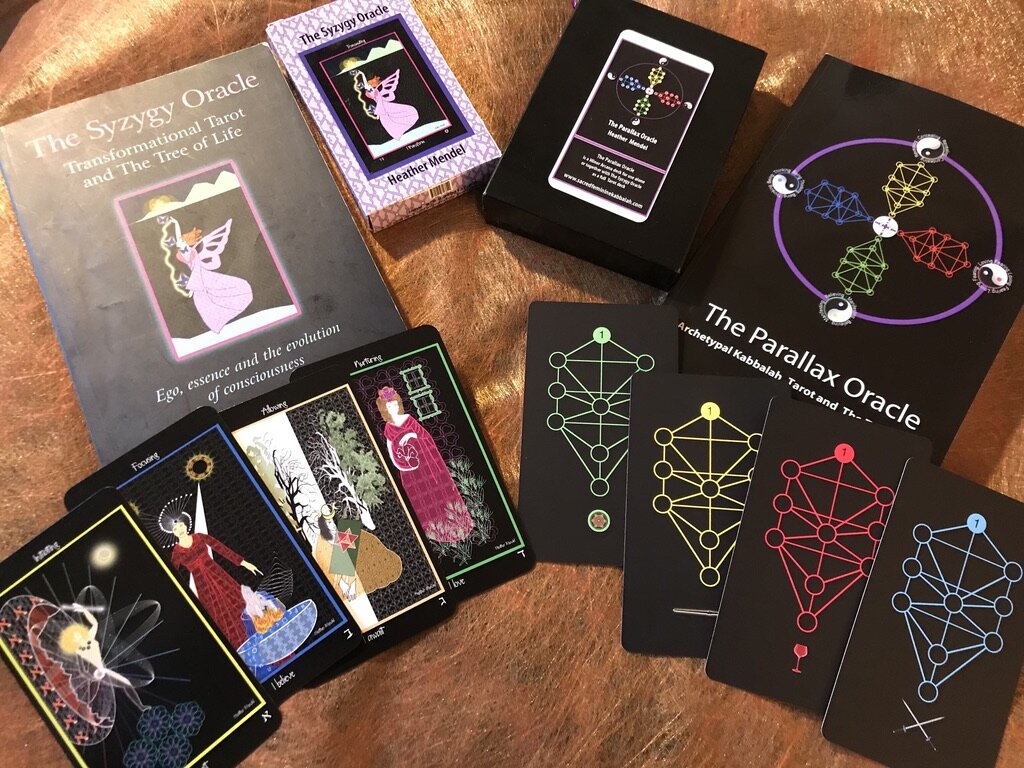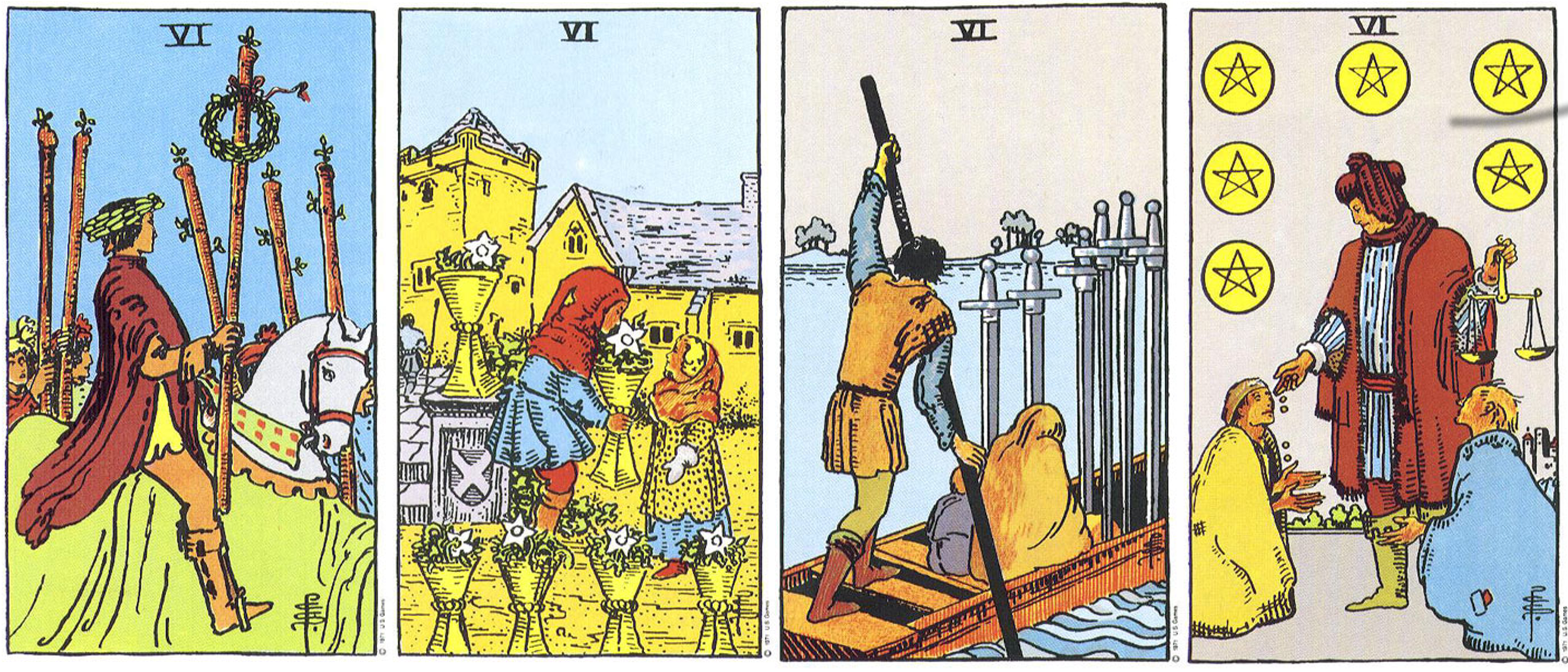Major Arcana Midrash: How to Work With the Hebrew Letter Ayin to Explore the Devil
/How can you work with the Hebrew letters to find deeper meanings of the Major Arcana cards. And why should you?
Ever since the Comte de Mellet said that the Hebrew alphabet and the Tarot were connected, people have sought out just what the connection might be. As you may know, I believe there was a connection established between the Minors and the Sefirot on the Tree of Life in the 15th century by Pico della Mirandola as part of his desire to teach Kabbalah without being in danger of execution for heresy. In the decks of his day there was no imagery in the Minors besides the suit’s object, so it was easy to assign the numeric card to its corresponding numeric Sefira to create a kind of flash card. However, the Majors were unmistakably Christian in symbolism, so even if one were teaching what became Christian Cabala, a connection between the Hebrew letters and the Majors has always felt forced to me, despite the serendipitous fact that there are 22 Hebrew letters and 22 Majors.
Nevertheless, the Hermetic system bravely tries to forge the connection by using the meaning of the letter, since each letter when sounded out is also a word, to throw light on the esoteric meaning of its corresponding card. (Let’s ignore for a moment that different systems match different letters with the cards.) This can lead to very convoluted thinking. Sometimes that thinking can be brilliant — consider how Rachel Pollack worked to find connection between the High Priestess and the letter Gimel, which can be translated as Camel. Her chapter on this subject in A Walk Through the Forest of Souls is a tour de force, and I can’t recommend this book enough if you want to learn about tarot and Kabbalah. That said, ultimately, I put aside the practice of working with the meaning of the letter. So how do I suggest you do this work if you want to use traditional Kabbalistic thinking to deepen your understanding of the Majors?
As I noted in an earlier post about The Hanged Man, I start by going to the traditional Kabbalistic texts for inspiration. There’s a story in the Zohar that explains the dual nature of the letters. I was surprised to discover that Eliphas Levi even references the story, however no other occultists followed this clue.
I’ll outline this traditional Kabbalistic story [I’ll include a link to one version of it at the end] and then explore what the story says about the letter Ayin and how that might connect to The Devil.
This story, a version of which appears in the Zohar, seems to date from around the 3rd century C.E., and like the Sefer Yetzirah, tells how creation is manifested through the letters. In the story, all the anthropomorphized letters present themselves before God, each one making the case that Creation (and the first word of the Torah) should begin with them. Each presents their case by giving a word with a good meaning where they are the first letter. Then God says, well, yes, but you’re also the first letter of another word with a bad meaning, so I won’t begin Creation with you. The letters present themselves with the last letter first, so that it’s only when reaching Bet, the next to last letter when going in reverse order, does God agree that Bet is the right letter for this job. And since Alef is left over, God explains the special purpose this letter will have.
So what happened when the letter Ayin presented itself to God? It made its case saying that since the first letter of anavah, humility, begins with Ayin, Creation should start with it. However God points out that Ayin also the first letter of the word avon, iniquity, and erwah, immorality. These make it wrong for the job.
The Hermeticists try to connect The Devil and Ayin by looking at the meaning of the word Ayin — which can mean eye, as well as appearance. And then seeing how that meaning might be applied to the card. This is easier than with the case of Gimel and the High Priestess, but I still find it lacking.
I prefer to look at the words from the story in the Zohar about the letters. And then I consider what these words, humility and iniquity, might have to do with The Devil. I also like to look at other words that start with the corresponding letter. And for Ayin these words include avodah, which can mean service, worship or prayer as well as meaning work or labor. Avodah is also related to the word eved, which can mean either worker, servant or slave.
Obviously, the word avon, iniquity, is a perfect fit for The Devil. Avon is mentioned in the Yom Kippur liturgy when we’re seeking forgiveness for sin. But what about anavah, humility?
Imagine the scene in the story. Ayin appears before God and says “Choose me, choose me to begin Creation and for the first letter of the Torah. After all, I’m the first letter for humility!”
Now that’s funny because it’s an example of false humility — it’s self-serving and inflates one’s importance. True humility is focused on the good of others for the glory of God. By trying to make their case by claiming humility, Ayin instead demonstrated the sin of pride. Which brings us back to avon, which means iniquity or sin.
Ayin’s claim is what the Devil, as the father of lies, is all about — trying to present as good when the exact opposite is the truth. The Devil does this actively and with the intention of deception, but Ayin is most likely unaware of their own hypocrisy.
Now let’s look at the word the Hermetic tradition uses to explore the card—since the letter ayin is also a word that means eye or appearance. I gravitate towards appearance because the card requires a close look. It appears that the two figures on either side of the Devil are chained to the block. But on careful examination it becomes clear that the chains they’re wearing are loose enough to remove easily.
The teaching of this image is well explained by the famous Hasidic rabbi, Menachem Mendel of Kotzk, who said, “The main element of sin is that a person may return at any moment, but they do not; and this is greater than the transgression itself.” It takes humility to admit to sin and then to return to the service of God.
I also mentioned that I like to look at other words that appear in Scripture and begin with a card’s corresponding letter. I realize that some of you may feel left out at this point, because while you may recognize the Hebrew letters, and you may know a few words, you don’t read or speak Hebrew. The truth is my Hebrew skills are rudimentary. But I have Hebrew dictionaries and books like These Are the Words: A Vocabulary of Jewish Spiritual Life by Arthur Green that are my resources to do this work. Green’s book is particularly useful. So don’t think you can’t do this.
For the Devil, I found that the words avodah and eved. Both come from the root Ayin-Bet-Dalet, which can include concepts ranging from worship to working a 9-5 job, from service to slavery. I can look at this card and see people who believe that they’ve given their lives over to worship and service, but they’re really in a cult and enslaved. This leads me to ask questions, what do I worship that enslaves me (and that I can’t see)? What lie have I chosen to believe? What am I not seeing about the situation?
We could also explore just who the Devil is—he is often identified with the angel Uriel by the Hermetic tradition, but in the Jewish tradition it might make more sense to identify him with Samael. And of course, there is the Satan, which in the Torah simply means adversary, but who isn’t an adversary of God. But that’s too much for this already very long post. This will be explored another day.
If you’re interested, I’ll be teaching how to use this way of working with the letters and cards in an upcoming course—and while this may look complicated, I’ll be giving you the story and the words to help you discern deeper meanings for the cards. And we’ll explore it together. It will be both fun and revelatory.
Where you can find versions of the story, known as the Alphabet of Rabbi Akiva:
The Zohar, 1:2(b)
The Legends of the Jews, Volume 1
Transcendental Magic: Its Doctrine and Ritual, Eliphas Levi










